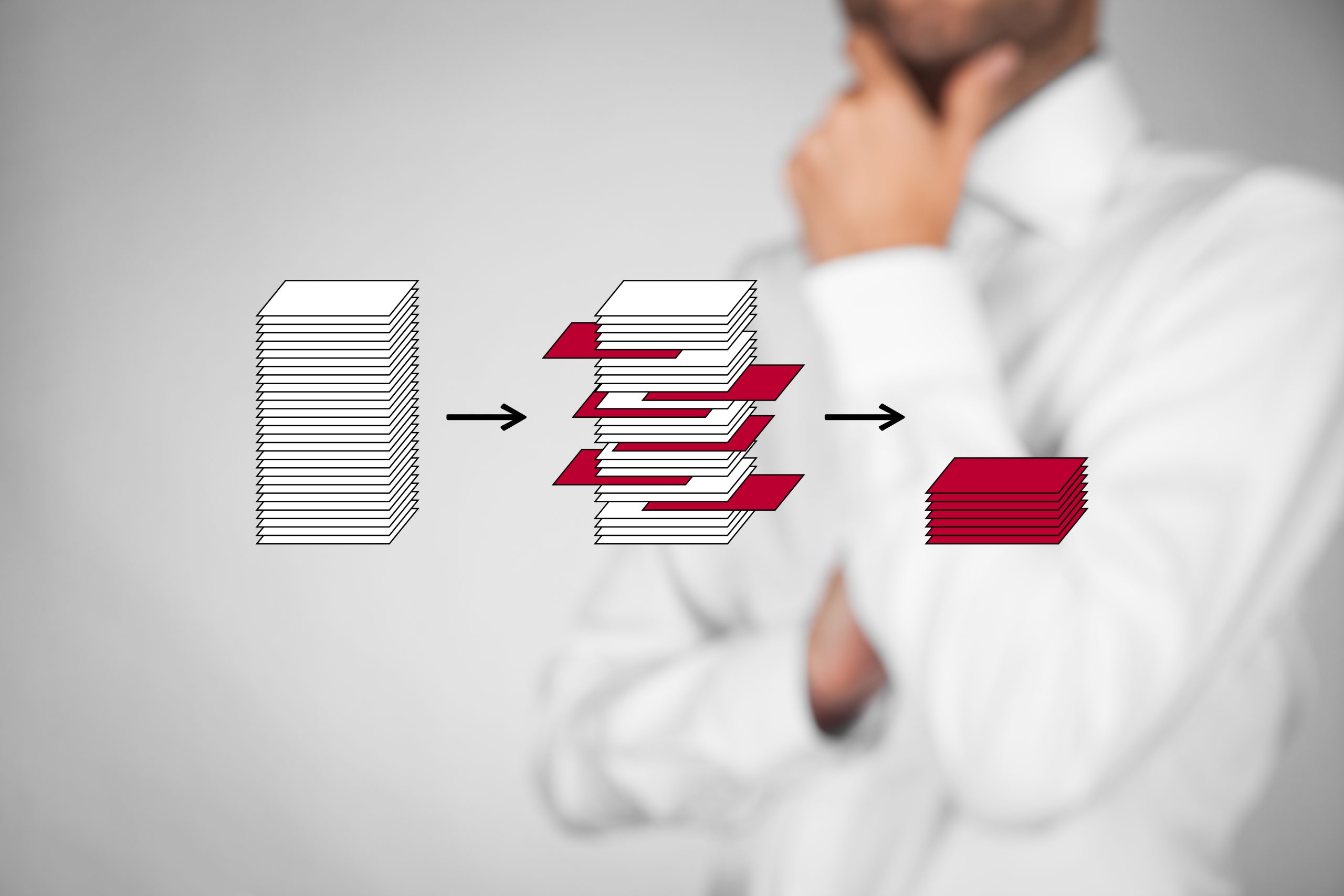How Big Data Dashboards Can Help

First, let’s get this out of the way: Big Data is wonderful. All of that information, pulled from so many sources, and delivered to you at amazing speeds. It’s amazing, it’s fantastic, it’s …
… one Hell of a lot of information to process. That’s why it’s important to have something like a Big Data dashboard handy. What is a Big Data dashboard, you say? Read on and find out!
Imagine all of your Big Data-driven company metrics displayed on one screen, in real time, right at your fingertips. New information, old information, it’s all accessible when you need it. That’s a Big Data dashboard, new and improved. As the article “Expert Interview with Donald MacCormick from Antivia.com on Big Data Dashboards” puts it, “…the concept of a dashboard has definitely evolved in the last few years.”
You can use it in conjunction with your CRM software, website analytics, spreadsheets, and other company applications and get a totally accurate picture of what’s going on with your business. It’s data visualization at its finest.
A good dashboard can take the flood of Big Data and turn it into something smaller and userful
The most successful solutions are the ones made with as much current information as possible. An informed decision is better than guesswork. By having a dashboard in place, marketers can ascertain which promotions are attracting the most clicks, based on figures gained through Big Data, and know which strategies to keep and which to let go.
This is also where the immediacy of Big Data shines through as well. Conversion rates amongst couples with children will do you little good if that information is taken from 2014. A lot has happened over the past year; you need to know how those people are behaving NOW, not a year or so ago.
Well, digesting Big Data, anyway. In the past, Big Data has been rightly compared with drinking from the fire hose. The Big Data dashboard makes that data more accessible to more people in your company. In fact, there are even different dashboards for different departments, such as Sales, Operations, Marketing, and Support. After all, not all of the information is equally useful to all of the departments. Why waste time wading through irrelevant data?
As an added bonus, a dashboard can be a cheaper alternative to having a third party company process your Big Data information for you. Granted, those companies will do a more thorough job, but if you’re just looking for a means to quickly organize and access information in real-time, without too many bells and whistles, then you need a dashboard.
That’s a pretty bold claim, sure, but by using Big Data in conjunction with a dashboard, that’s not too far off. Dashboards facilitate product tracking, so the right department can oversee inventory levels, shipping methods, tracking information, and more.
The real-time power of Big Data will let you know what the inventory levels are like, information that can be further put to good use in determining what products are the best sellers and which are languishing on the shelf. These inventory figures can then be combined with statistics on the various promotions (as mentioned earlier), enabling marketers to see, with absolute proof, which campaigns are inducing people to buy which of your products.
For more insights into Big Data, check out “How The Best Brands Are Using Big Data”.
